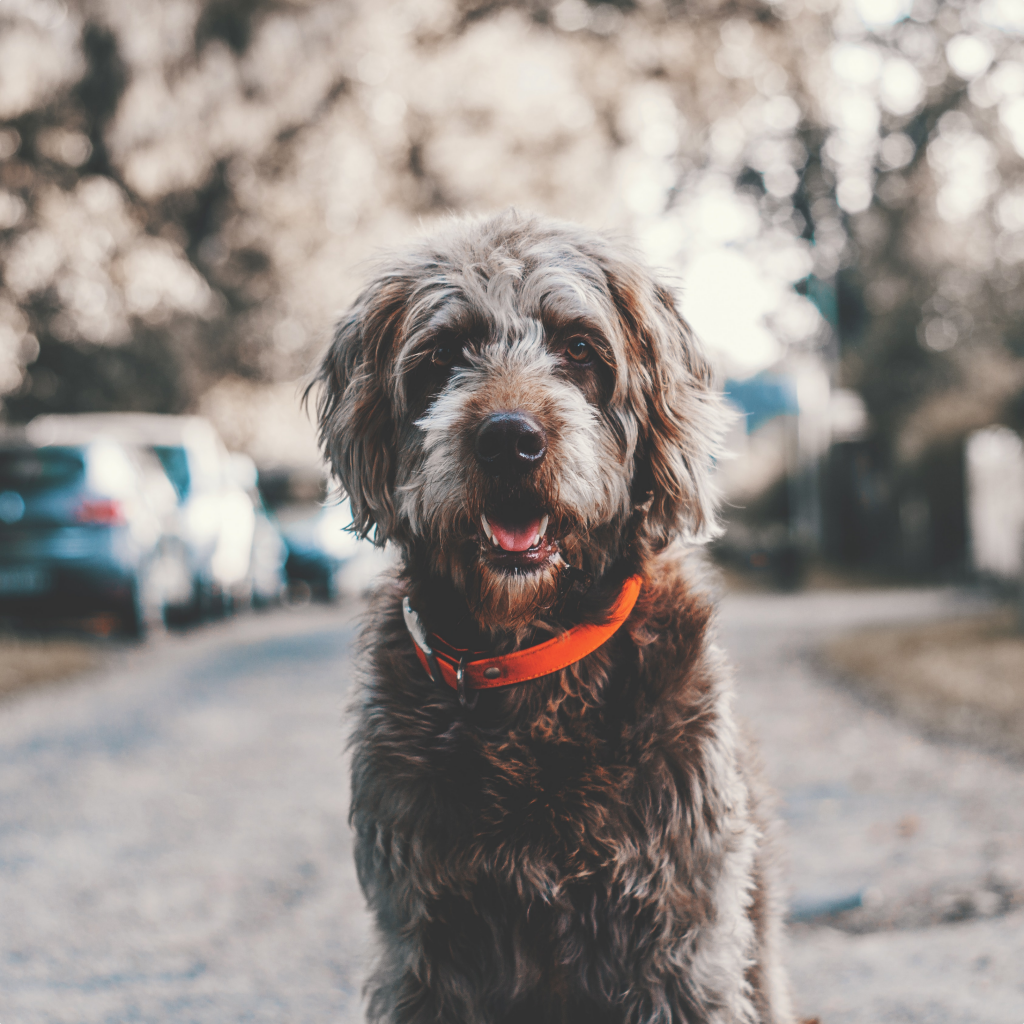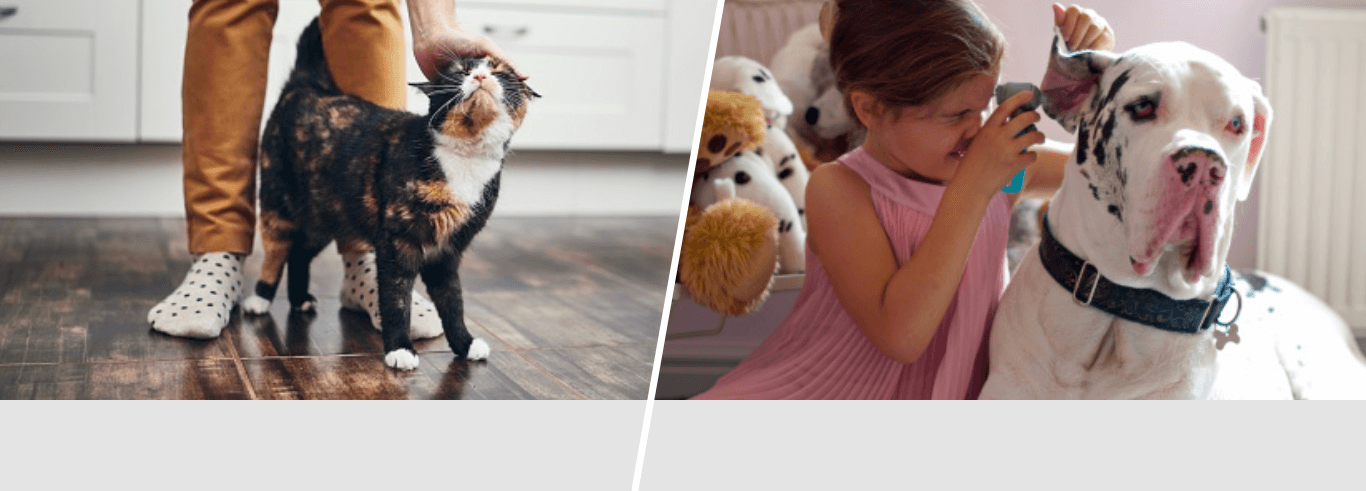Road safety: Six tips to keep your pooch safe roadside
“Walkies” are probably your dog’s favourite time of day, they get to see new people, experience new smells and get some fresh air. However, without proper preparation, especially with daylight hours dwindling, it’s vital to take some precautions when on a walk.
Here are our top tips for dog safety when you’re next to the road.
Teach them young
The best method for road safety? Prevention. Expose your puppy to vehicles and train them to follow simple commands such as ‘sit’ and ‘wait’. This will make things easier when you’re out and about, especially when approaching a kerb or when you need to cross over.

Should your dog attempt to get on the road, pull them back and praise them when they return to the kerb. This helps to affirm correct behaviour. Repeat this until they appear to understand and remember to do this each time, it will shortly become ingrained in your dog.
For those of you with older dogs, who said you can’t teach an old dog new tricks? Follow the same ‘sit’ and ‘wait’ method and be a little more patient. Use positive reinforcement and reward with treats to get the full effect.
Learn leash control
Is your dog pulling on the lead? Don’t worry, it’s a common problem that many pet owners face. The easiest fix is to teach your dog who’s boss by using the red light/green light game.
The game works as follows; start to walk forward, as soon as your pooch starts pulling on the lead, stop! Don’t look, talk or move forward. When the lead pulling stops and the dog returns to your side, walk forward. Like the last tip. Be patient with your pet and stick at it, it might not work at first. But when it does, you’ll establish yourself as the pack leader and will have a well-behaved dog, who knows road safety, in no time.
Visibility is key to road safety
Visibility is key. During winter when visibility is often poor it’s a great idea for you to wear a high-vis jacket or sash so that drivers can easily spot you… but it’s not just for humans!
Pimp your pooch with the latest gadgets to help keep them visible to drivers. Whether it’s a reflective lead or a matching high-vis jacket, there’s something to suit all breeds and needs.
Get to know your dog
We get it, sometimes your dog is just scared of traffic! But if you learn to spot stress indicators, you can remove them from the situation before it gets out of control.
Just like humans, our canine friends can suffer from stress too. Some behaviours to look out for are whining and barking, tails becoming rigid and lead pulling.
Look out for these signs, remove your dog from the stressor and take time to regroup. With consistent exposure, your dog should become more comfortable with traffic and remember, positive reinforcement is great to help alleviate any anxiety!
Adapt your walking routine
During winter, you may want to adapt your routine when the daylight hours are shorter. Visibility is low and road conditions often get worse during this time, so if you have a local sports field this may be a better option for your dog, especially if they’re scared of traffic. Unfortunately, some older dogs do develop a fear of traffic, especially if they haven’t been socialised properly. Whenever using sports fields, remember to make sure dogs are allowed and if you can find one that is enclosed, great!
In case the worst happens…
You should always ensure that your dog is kept on a lead whilst out on a walk, especially when your dog is crossing the road. Unfortunately, we know that accidents happen, even the most well-behaved dog can lose their head and bolt out into the road without a second thought. If they do get off their lead, it’s incredibly important that you can be contacted in an emergency if your pup does get into an accident.
By law, your dog must be micro-chipped and registered with your most up-to-date contact details. They need to have a collar with an ID tag that includes your name, address and contact number.
As pet lovers, we hope it doesn’t get to this, but if your dog is in a traffic accident, they could end up with serious injuries. We recommend that you call your local vet immediately. Explain what has happened in as much detail as possible and follow any instructions that they give. Wait with your dog until the vet can attend the scene and remember to keep them warm.
Your dog’s safety is your top priority. Keep your dog protected with Argos Pet Insurance provided by Pinnacle Insurance Ltd. Explore our dog insurance policies today.
 Sorry, our lines are now closed
Sorry, our lines are now closed



